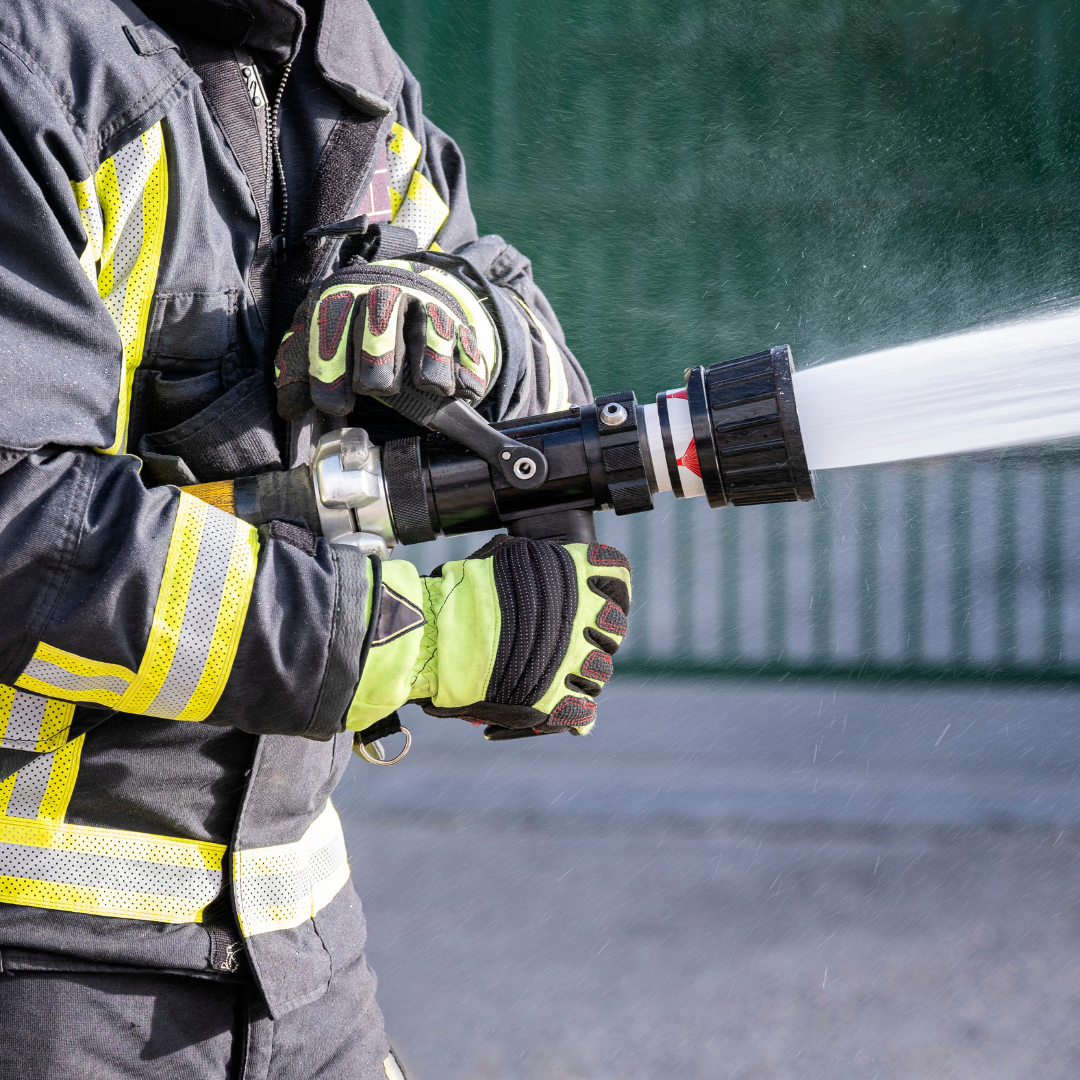Statistics
Below you can browse the following statistics in regards to the fire division.
-ISO Rating
-Annual Reports
-Runs to Date compared to previous year
ISO Rating
The Ashland Division of Fire's Current ISO Rating is Class 02/2Y. The most recent evaluation was completed in 2019. This effects all of our coverage area, including both Milton and Montgomery Townships.
This is an improvement from our last evaluation, which was completed in 2015, when the division was awarded a rating of Class 3.

What is ISO?
Insurance Services Office, Inc. (ISO), collects and evaluates information from communities in the United States on their structure fire suppression capabilities. The data is analyzed using our Fire Suppression Rating Schedule (FSRS) and then a Public Protection Classification (PPC) grade is assigned to the community. The surveys are conducted whenever it appears that there is a possibility of a PPC change. As such, the PPC program provides important, up-to-date information about fire protection services throughout the country.
The FSRA recognizes fire protection features only as they relate to suppression of the first alarm structure fires. In many communities, fire suppression may be only a small part of the fire department's overall responsibility. ISO recognizes the dynamic and comprehensive duties of a community's fire service, and understands the complex decisions a community must make in planning and delivering emergency services. However, in developing a community's PPC grade, only features related to reducing property losses from structural fires are evaluated. Multiple alarms, simultaneous incidents and life safety are not considered in this evaluation. The PPC program evaluates the fire protection for small to average size buildings. Specific properties with a Needed Fire Flow in excess of 3,500 gpm are evaluated separately and assigned an individual PPC grade.
A community's investment in fire mitigation is a proven and reliable predictor of future fire losses. Statistical data on insurance losses bears out the relationship between excellent fire protection - as measured by the PPC program - and low fire losses. So, insurance companies use PPC information for marketing, underwriting, and to help establish fair premiums for homeowners and commercial fire insurance. In general, the price of fire insurance in a community with a good PPC grade is substantially lower than in a community with a poor PPC grade, assuming all other factors are equal.
ISO is an independent company that serves insurance companies, communities, fire departments, insurance regulators, and others by providing information about risk. ISO's expert staff collects information about municipal fire suppression efforts in communities throughout the United States. In each of those communities, ISO analyzes the relevant data and assigns a PPC grade - a number from 1 to 10. Class 1 represents an exemplary fire suppression program, and Class 10 indicates that the area's of fire suppression program does not meet ISO's minimum criteria.
ISO's PPC program evaluates communities according to a uniform set of criteria, incorporating nationally recognized standards developed by the National Fire Protection Association and the American Water Works Association. A community's PPC grade depends on:
Needed Fire Flows, which are representative building locations used to determine the theoretical amount of water necessary for fire suppression purposes.
Emergency Communications, including emergency reporting, telecommunicators, and dispatching systems.
Fire Department, including equipment, staffing, training, geographic distribution of fire companies, operational considerations, and community risk reduction.
Water Supply, including inspection and flow testing of hydrants, alternative water supply operations, and a careful evaluation of the amount of available water compared with the amount needed to suppress fires up to 3,500 gpm.
Please reference the link below for more information on this topic.
Additional Information

